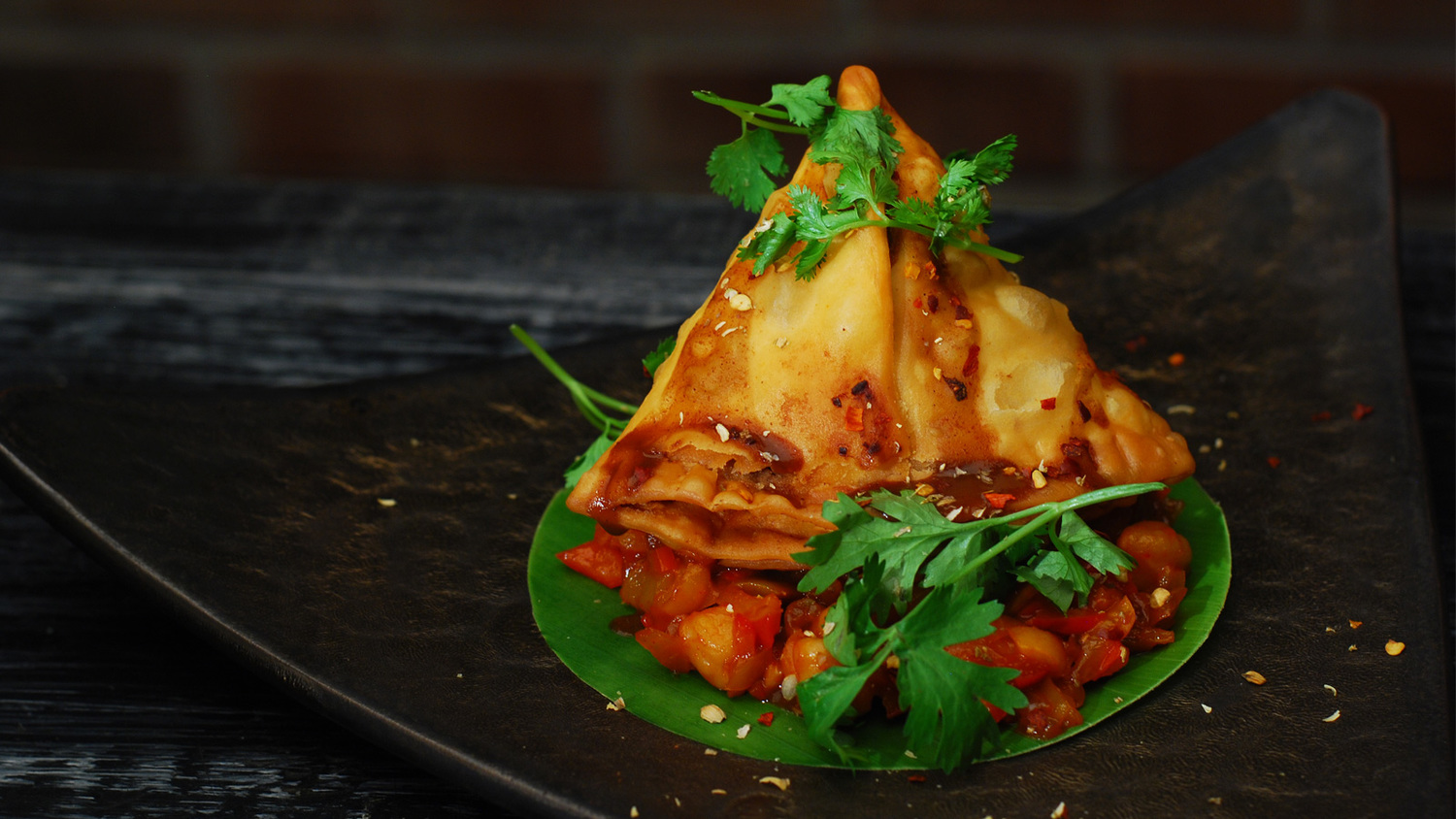Samosa is the heart of Indian street food, cherished across the globe. Exactly, the humble pocket-full of wonders found in every corner of the nation has travelled to Southeast Asia, Western Asia, Africa and the Mediterranean region too. If you though you knew everything about this famous Indian delicacy, then think again as here this post unravels some of the four least known facts about the beloved samosas.
Let's Know More About Samosa Recipe

Samosa Recipe
Have it with spicy mint chutney, sweet tamarind chutney or simply combine boiled peas to make chaat- the world indeed has witness several ways of cherishing their favorite Indian snack, but do we know everything about it?
1. Origin of Samosa is Not Associated With India
You got that right, something that is treasured in the heart of each and every Indian street never really originated here, rather the roots of this delicacy dates back to the 10th century in Middle East that later arrived in India during the 13th century as a Central Asian baked dish- Samsa- that India accepted wholeheartedly.
However, on arrival to India, samosa made its way to the kitchens of Delhi Sultans, who revamped the samosa recipe by incorporating onions, ghee, meat and most importantly deep frying it instead of the baking technique. Soon after this, the recipe made its mark and finds its mention also in a 16th-century document called Ain-i-Akbari.
2. There Are Over Five Different Names of Samosa
Due to the nature of origin and the footprints that it left across the world, samosa was acknowledged with several names and the five most popular ones amongst them are enlisted below:
- Sambusak for the Arabic speaking nations
- Sambuus by the Eastern province of Kenya, Ethiopia, Somalia
- Samboosa in Tajikistan
- Shingara in Bengal and Odisha
- Samsa for the Turkic speaking nations
3. Samosa Can Also Be Prepared As A Desert
The sight of triangular-shaped crisp samosa always triggers savoury senses in the mind, however this classic snack can also be prepared as a desert where the spicy potato or meat filling is replaced by pistachios, walnuts, almonds, khoya and much more. Such samosas taste impeccable when had with kheer, Rabri or Payash
4. Samosa is Made in Many Shapes
Though Indian samosas have become synonymous to their triangular shape, but the version of this recipe made across the world comes in various shape such as crescent-shaped, oval and more. An interesting fact here is that every region is known for its own shape, that is what adds a unique touch to the samosa.
Now that you are aware of the incredible story of the classic samosa recipe then why not try them at your home to witness a slice of history that has travelled across and the world!